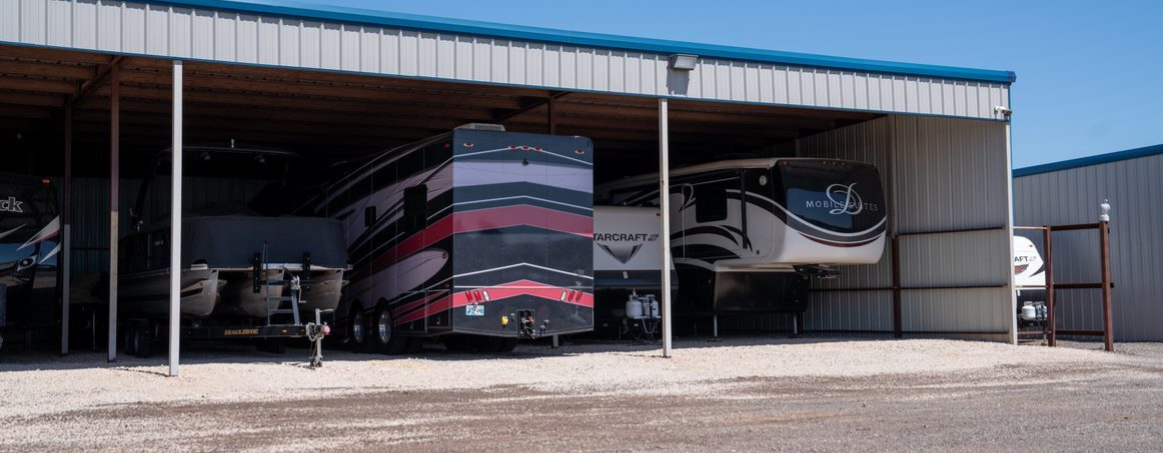
Parking your RV on your property for long-term storage is not the best option. Your HOA or city may have rules against leaving oversized vehicles in your driveway or on the street. Furthermore, you’ll have the extreme inconvenience of having to maneuver around your RV to park your car in the garage. Riverside Boat and RV Storage has years of experience storing recreational vehicles ranging from travel trailers to large motorhomes. You can trust us with your “home away from home” until you’re ready to use it again.
In the meantime, here are some tips to get your RV ready for storage.
Thoroughly Clean the Exterior
To avoid signs of deterioration, be sure to thoroughly wash the exterior of your RV before storage. Be sure to remove dirt, bugs, salt, and any other grime prior to storing. Your dealer can advise you on which cleaning materials work best.
Deep Clean the Interior
Deep clean the furniture, flooring, and any drawers or cabinets to remove all crumbs and trash that could attract rodents or bugs. Pay particular attention to the kitchen area. Again, check with your dealer to find the proper cleaning products.
Remove Food and Disconnect the Refrigerator
This seems obvious, but even that forgotten bag of unopened chips can attract bugs. In any case, food left for long periods of time will become inedible. Remember to disconnect the refrigerator and leave the door open to prevent stale air and condensation, which can ultimately cause mold.
Drain All Tanks and the Water Heater
Drain the fresh water holding tanks as well as the black and gray holding tanks. As for the water heater, remove the drain plug and open the pressure relief valve. Be sure not to do this when the water is hot.
Seal Openings to Prevent Animal Infestation
To prevent small animals from crawling into open spots, seal off any entrance to your RV including pipes, vents, and windows. These little critters can do a lot of damage to the inner workings of your vehicle. As an extra precaution, place an animal deterrent near these sealed areas.
Add Fuel Stabilizer and Antifreeze
Add a fuel stabilizer and run your engine so that it circulates. This will extend the life of your fuel tank. If your RV will be outside during cold temperatures, add RV-approved, non-toxic antifreeze to your pipes to prevent freezing.
Pressurize Your System
Start with the faucet closest to the water pump and slowly open the hot and then the cold valves until the antifreeze appears.
Remove the Battery
If you’re storing your RV outdoors, remove the battery and keep it in a temperature-controlled area. If not, your battery could suffer damage from temperature extremes. If you’re storing your RV in an enclosed space, charge the battery every few months to maintain its lifespan.
Coat Your RV With Wax
Even if you’re planning to protect your RV with a cover, coat it with wax prior to storage. Wax will add a layer of protection and give your RV a brighter look the next time you’re ready to use it.
Invest in a Good Quality Cover
A good cover is beneficial to the exterior of your RV because it can block out the elements if you store it outside and keep it clean if you store it inside.